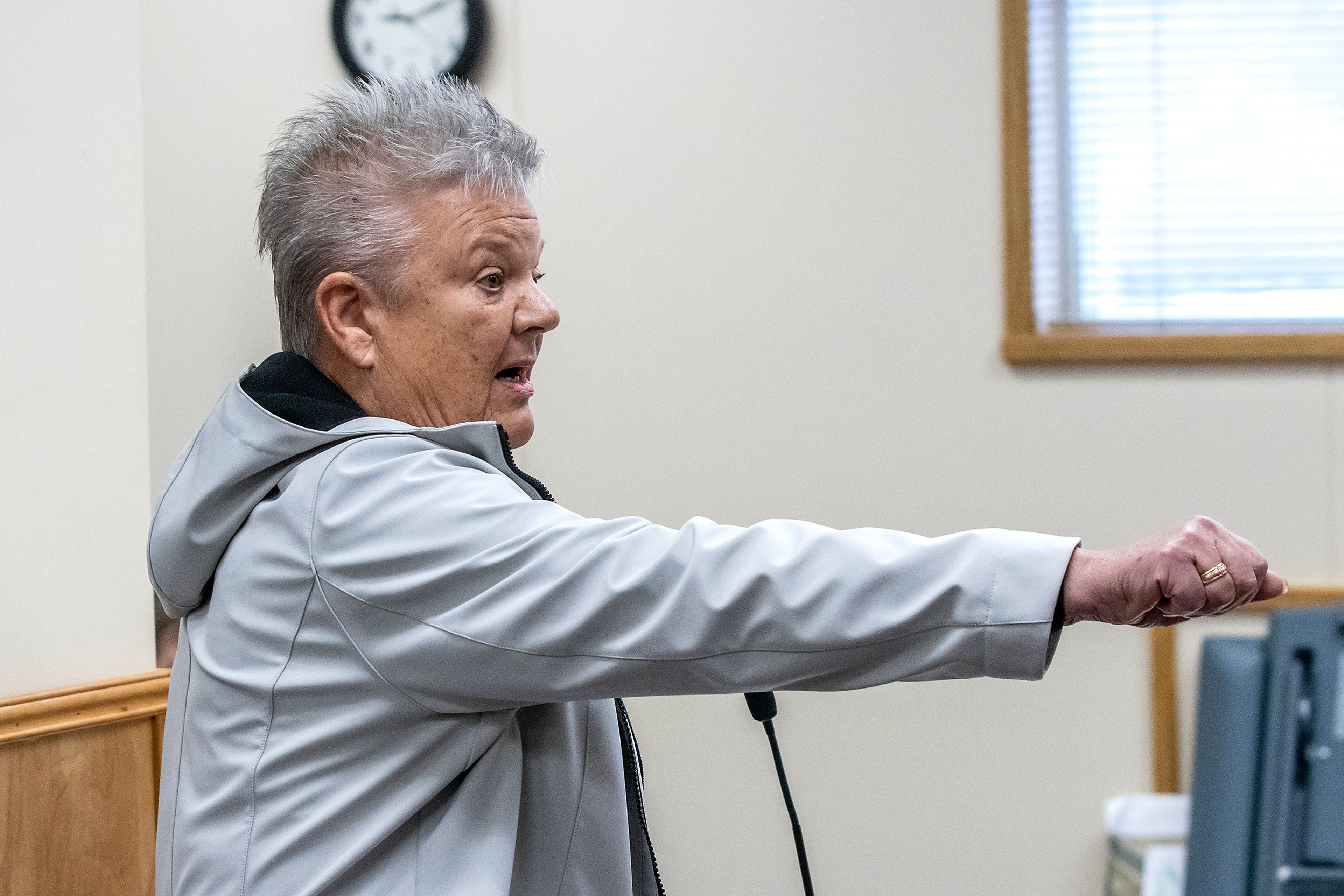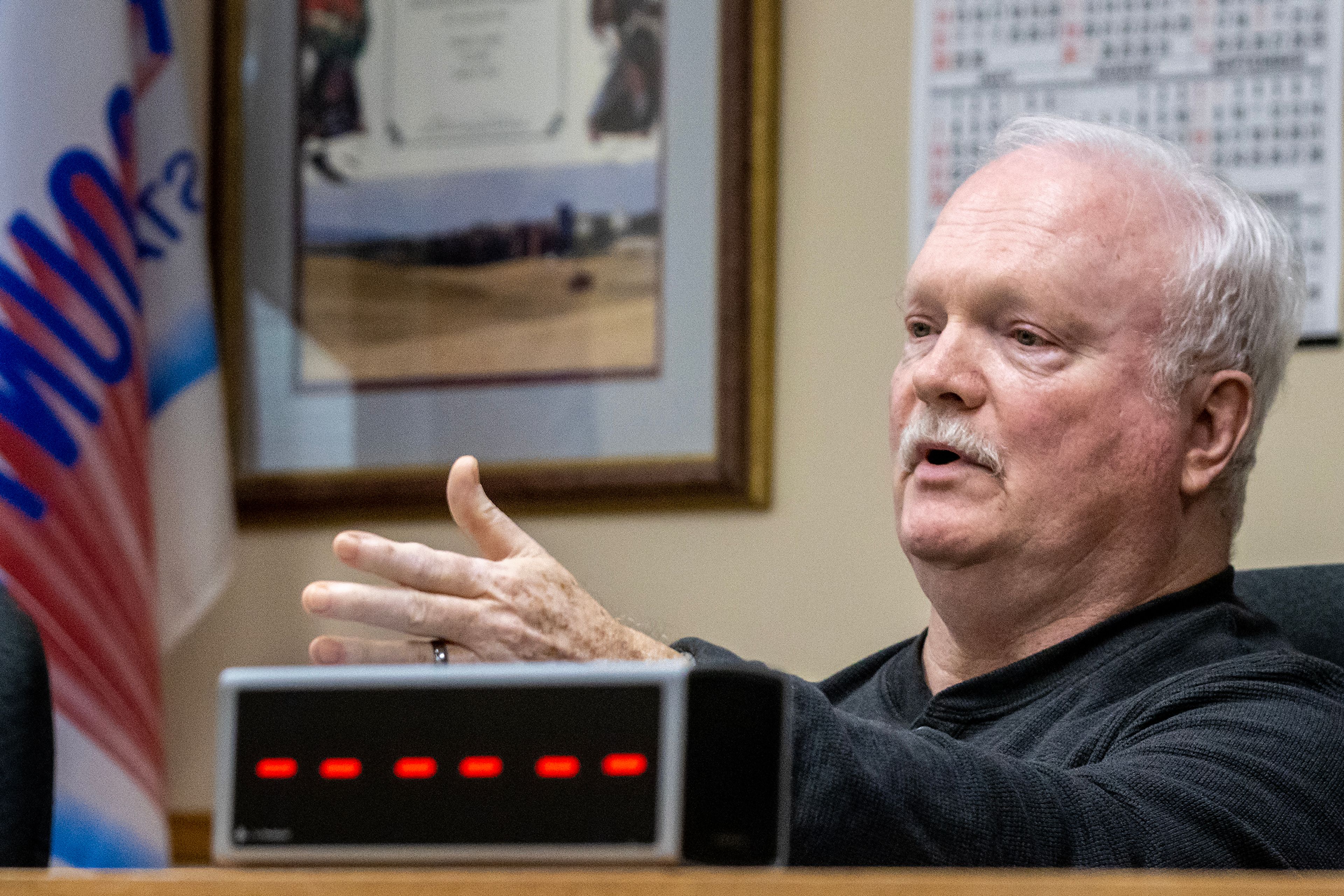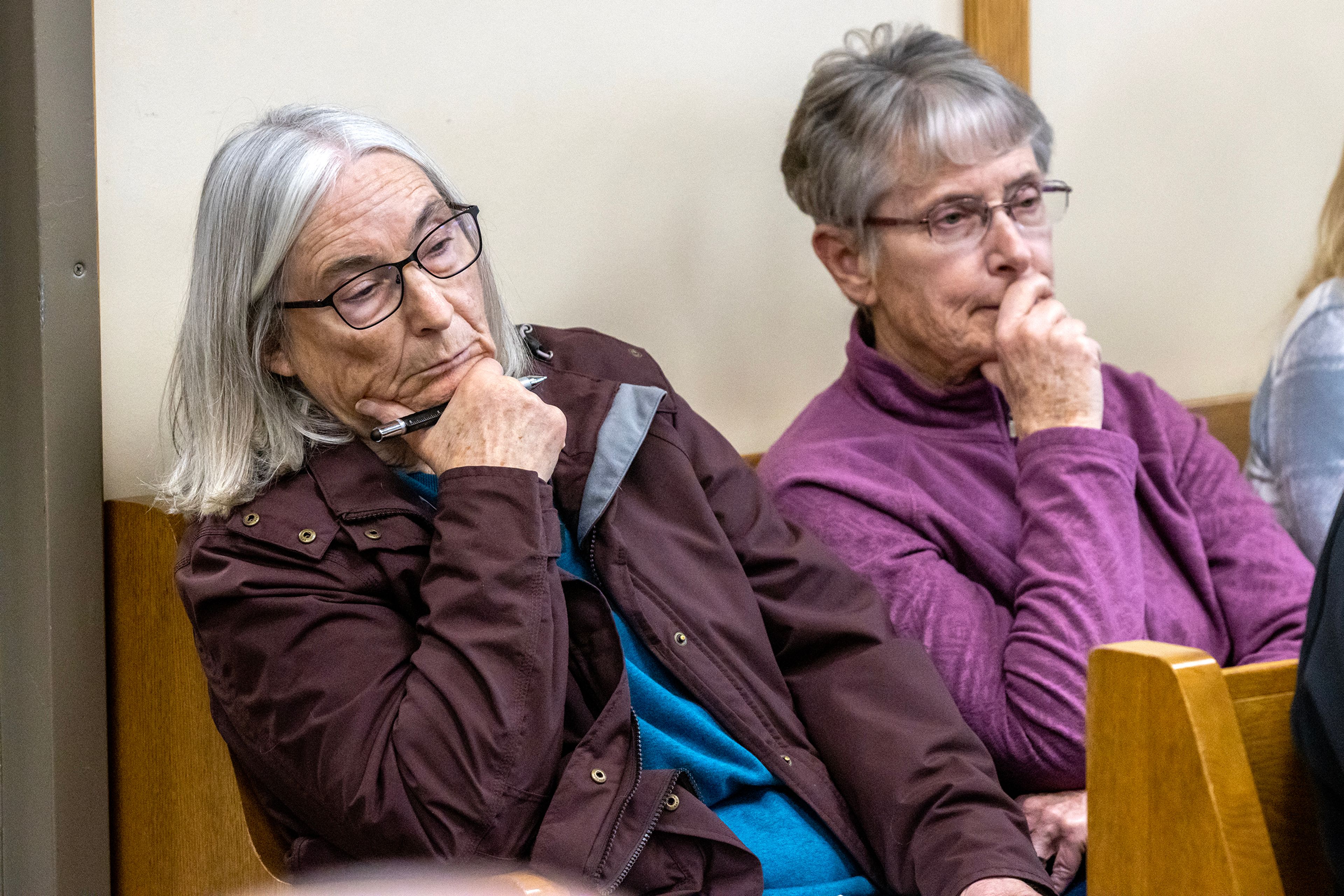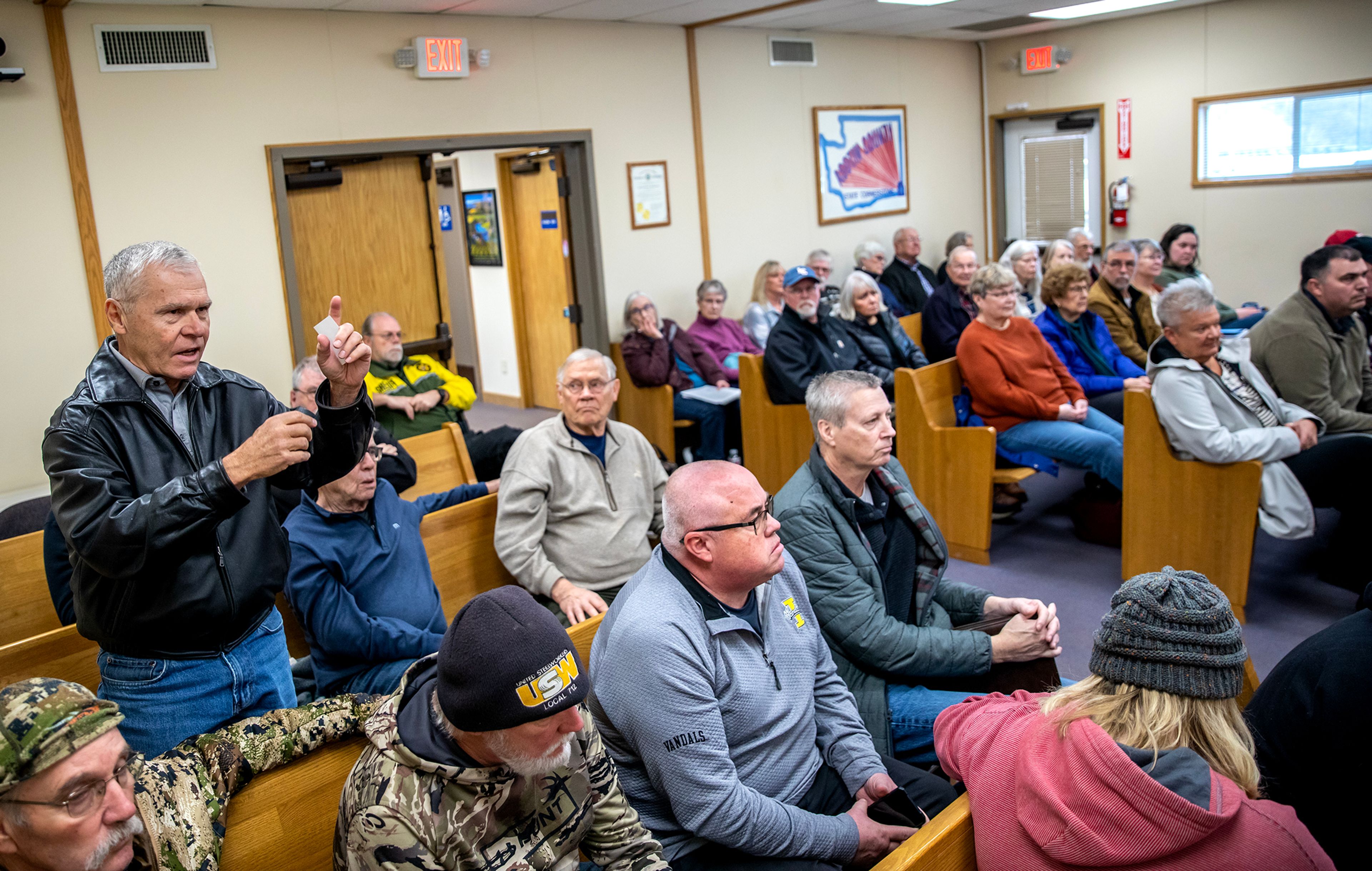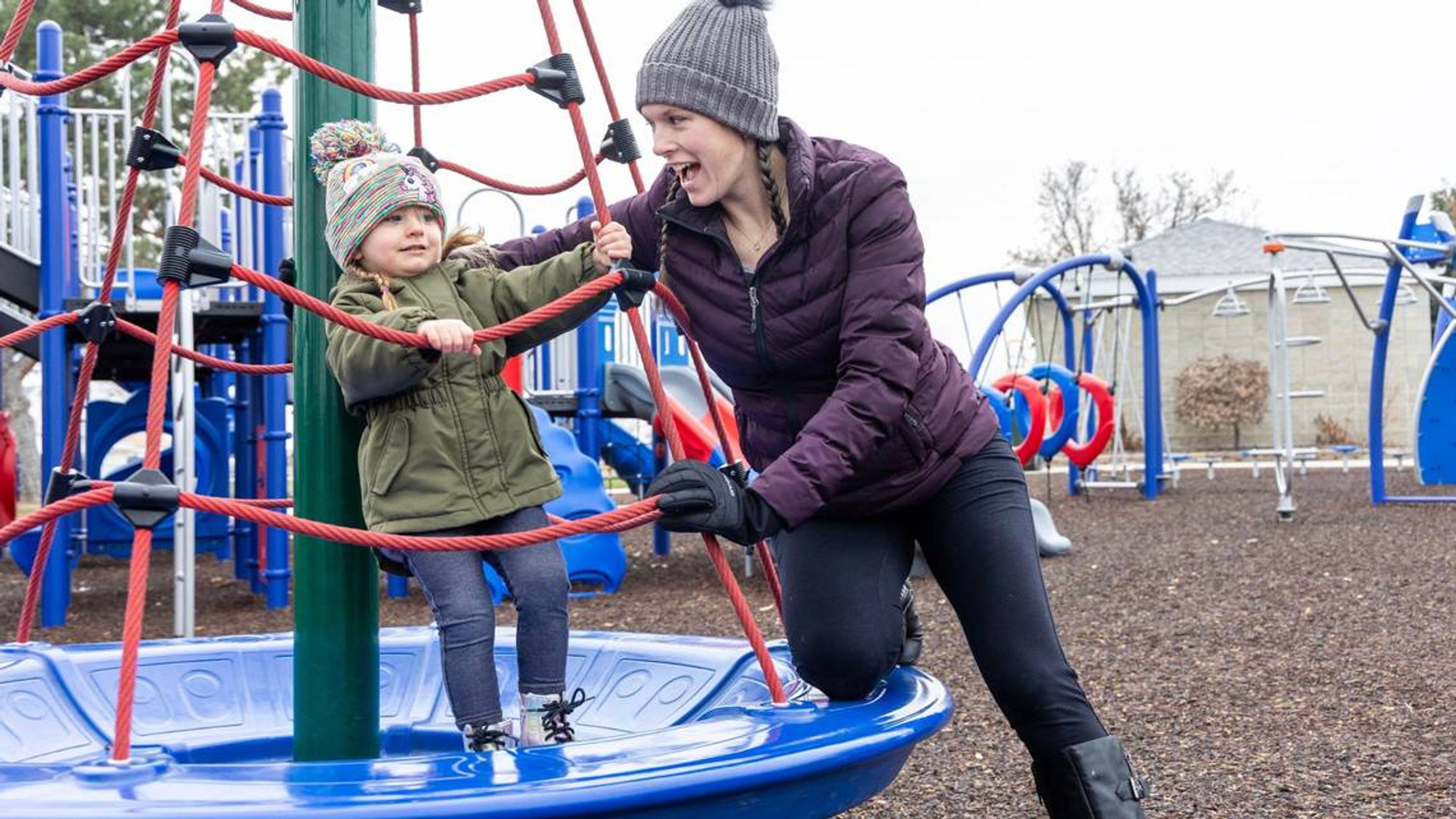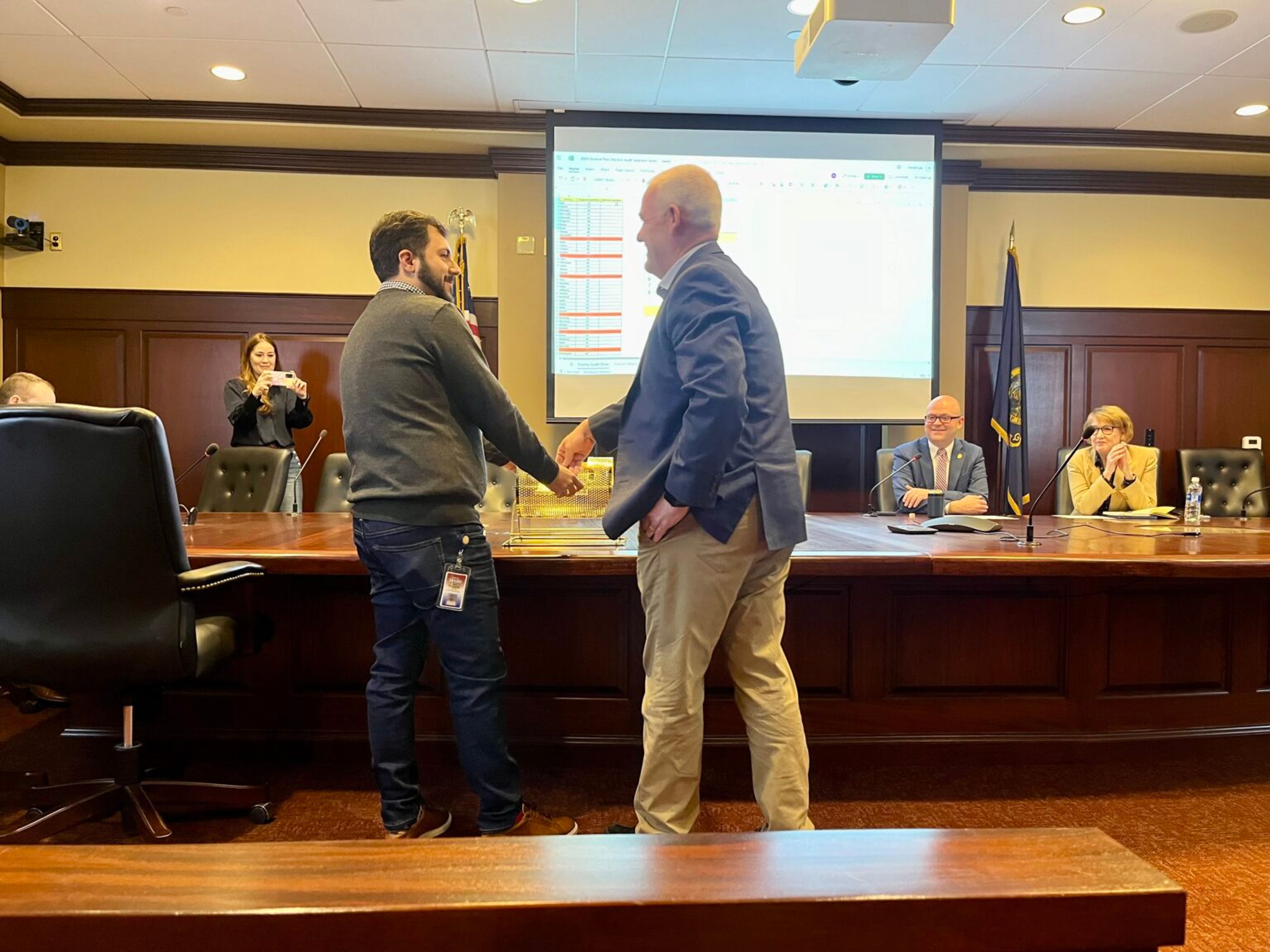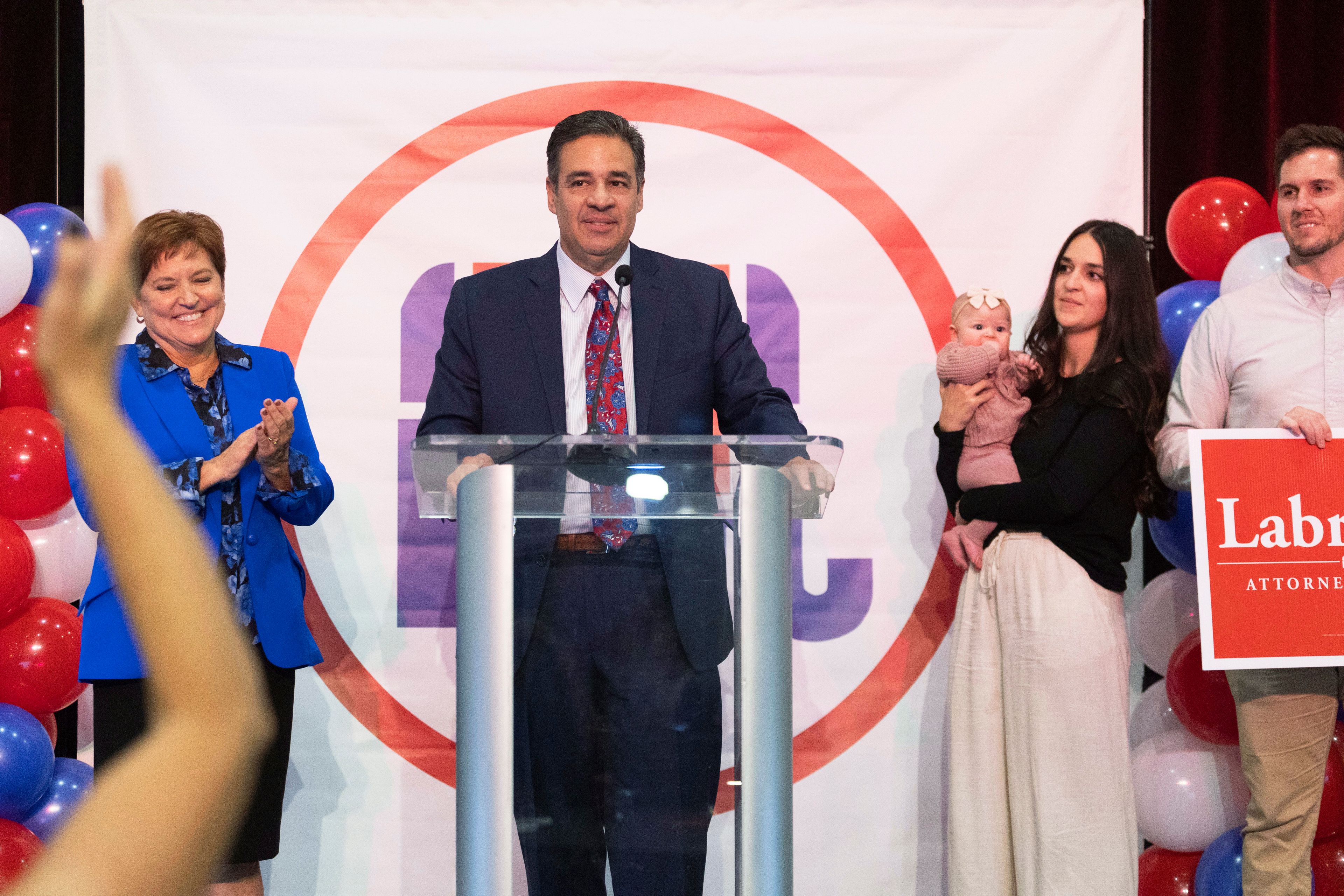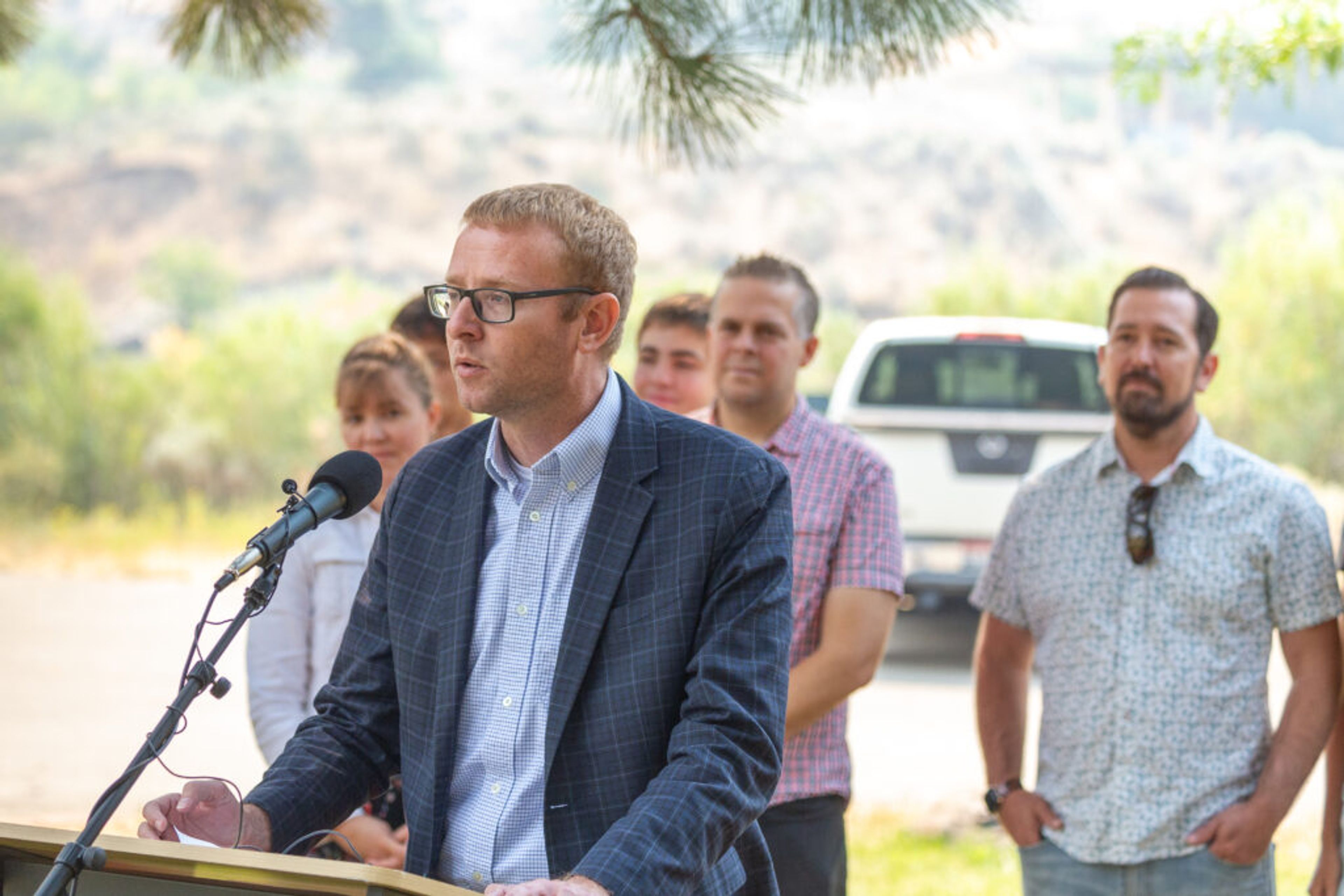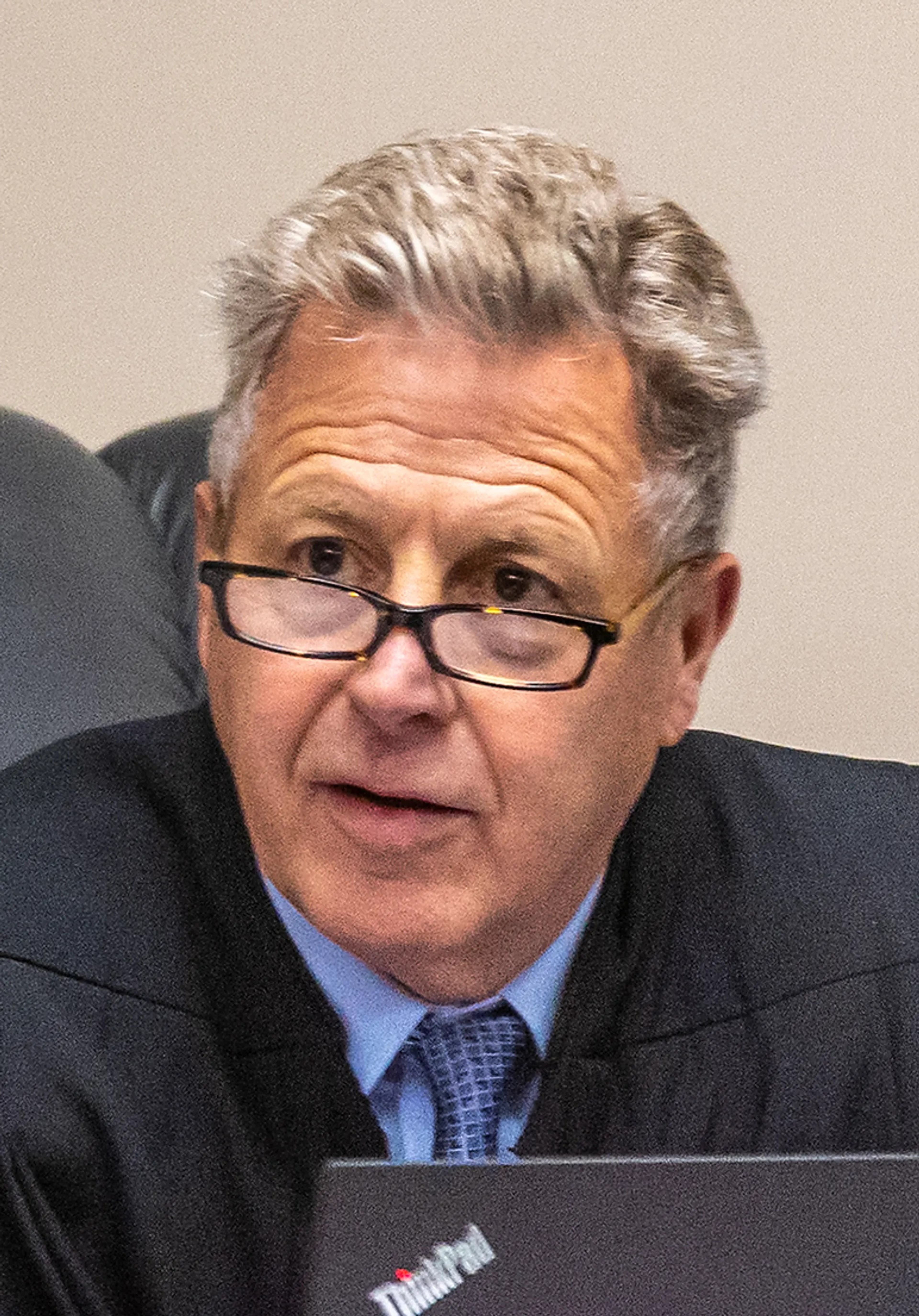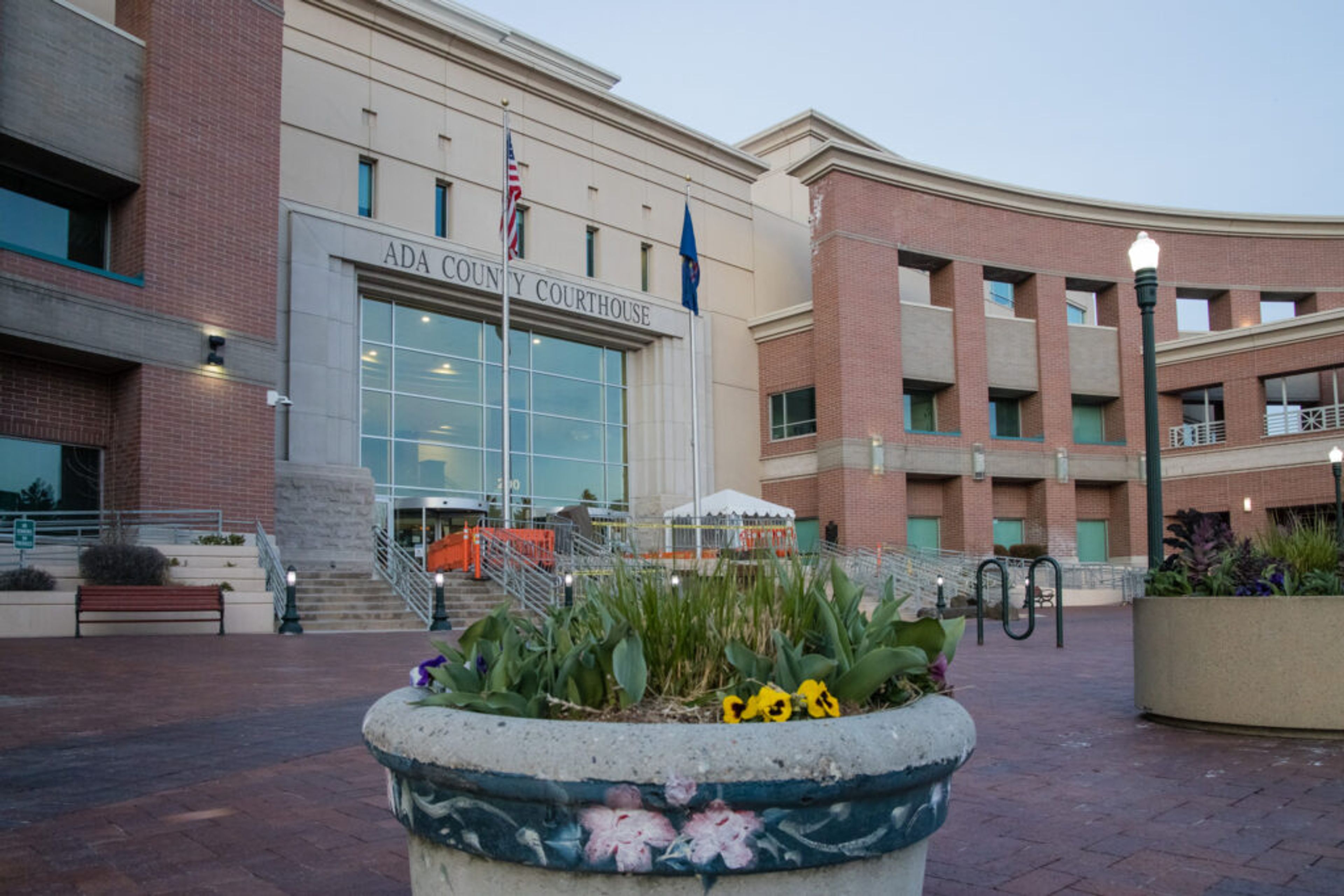Funding cut for aquatic center draws crowd
Asotin County holding back approximately $100,000 from facilities; pool patrons object to the move
ASOTIN — Supporters of the Asotin County Family Aquatic Center filled the county commissioners’ chambers Monday morning to voice concerns about a funding cut.
Asotin County has placed a cap on how much the aquatic center receives from an optional 0.3% sales tax that’s been on the books since 2007. An email about the change went out last week, prompting an outcry from pool patrons and a packed house at the meeting.
Sales tax revenue varies year to year, but the aquatic center stands to lose $100,000 or more in funding this year.
The decrease is significant and unexpected, said Connie Morrow, president of the Public Facilities District, which oversees the aquatic center.
“If it were up to me, and it’s not because there are five people on the board, I’d take the keys to the aquatic center and put them on your desk and say you run it,” Morrow told county officials.
Commissioner Brian Shinn said he has always backed the aquatic center, and the county will continue allocating money toward it, but a portion of the optional sales tax needs to be used on other expenses, which are going through the roof.
“Something’s got to give,” Shinn said. “The county supports the aquatic center. We do. We believe in it.”
Chris Kemp, chief financial officer, said the optional sales tax provided about $662,000 for the aquatic center last year. This year, that amount will be capped at $575,000, and any remaining proceeds will go to the county’s general fund to cover rising costs of insurance, indigent defense and budget shortfalls.
Funding for the 20-year-old center is complicated. Four tax streams keep the pools afloat, including a property tax and three separate sales taxes.
The original $6.72 million bond, which was approved by Asotin County voters in 2001, is charged as a property tax, and those payments will end in 2027.
Another $2.3 million bond, which didn’t go before voters, is paid with rural county sales-and-use tax money. Previous commissioners agreed to that bond in 2003, and those payments end in 2033, Kemp said.
Additional revenue comes from the optional 0.3% sales tax in the city of Asotin and Asotin County that was established in 2007. The city of Clarkston quit contributing its portion in 2012.
In 2014, pool supporters successfully passed a 0.2% sales tax that goes directly to the Public Facilities District for the aquatic center. The dedicated sales tax won’t change.
Dean Vahlkamp, a PFD board member, said the county’s recent email was confusing and not a good way to communicate. A phone call or in-person meeting would have been more professional. “We don’t want to be kneecapped,” he said.
Shinn apologized for any confusion, saying the change was discussed at budget workshops, and the county could have communicated more clearly.
In the email, county officials said they will continue to support the Public Facilities District efforts, and “we strongly encourage the PFD to seek funding from the city of Clarkston.”
On Monday, multiple people showed up to speak about the benefits of using the aquatic center and the positive effect it has on the community. Several thanked the commissioners for supporting the facility over the years.
Morrow said she was trying not to cry or cuss, but wanted the commissioners to know the email hurt her feelings and caused a lot of distress because the center’s 2024 operating budget has already been set. “I don’t know what we’re going to do,” she said.
Last week, the Public Facilities District launched a capital campaign to raise $4 million for improvements. Morrow said paying the current bills is not part of that effort.
The public facilities board will conduct its regular meeting at 4:15 p.m. today at the aquatic center on Dustan Loop. Those meetings are open to the public.
Sandaine can be reached at kerris@lmtribune.com. You can follow her on X @newsfromkerri.
